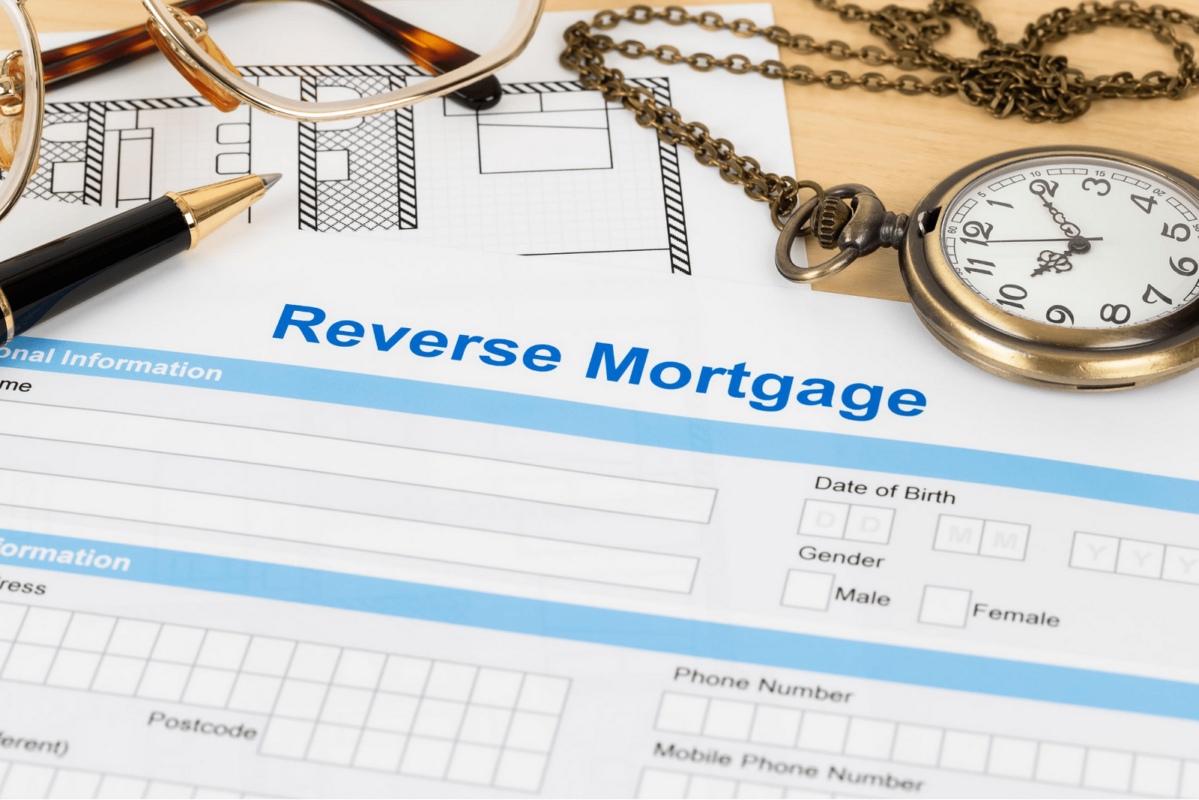Supplementing Your Retirement with a Reverse Mortgage.
Cash strapped retirees may find themselves looking to supplement their retirement income with the equity that they have built up in their home. Sometimes this can mean selling the house, but there are other options to access your equity without having to give up your home. One of these options is a reverse mortgage. A reverse mortgage allows homeowners to take out a mortgage against their home without actually having to make repayments.
Reverse Mortgages, sometimes called equity releases, are a way to take out a mortgage on your home without actually having to make payments back. In fact, the mortgage only needs to be paid back if you sell your home, move out, or when you die. This might sound like an ideal solution to cash flow issues, but reverse mortgages have some serious pros and cons that need to be carefully considered.
Firstly, reverse mortgages have higher interest rates than traditional mortgages. While this may not seem important in the short term, due to the lack of payments the borrower makes, this interest is tacked onto the loan principle and needs to be repaid when the home owner dies or moves.
Secondly, acquiring a reverse mortgage can come with substantial upfront costs. Between the required home appraisal, legal fees, and administrative costs, borrowers could end up with a sizeable bill just to put the mortgage into place.
Lastly, reverse mortgages can come with stiff penalties if the borrower decides to pay back the mortgage early.
All this is not to say that the reverse mortgage doesn’t have some advantages. The big selling point for a reverse mortgage is that there are no interest or principle payments. This makes it an appropriate solution for retirees who may be cash poor but house rich. The other benefit to reverse mortgages is that because you never owe the lender more than the fair market value of your home, it is almost impossible to default on your loan.
There are a number of factors that determine a homeowner’s eligibility to get a reverse mortgage. You must be at least 55 years old to apply for a reverse mortgage and the home that you are assigning to the mortgage must be your primary residence, meaning that you must live in it for at least 6 months of the year. Also, if you are married, both partners names must be on the reverse mortgage and you both must be at least 55 years old. Finally, if there are any other loans or mortgages secured against your house, they must be paid off either before the mortgage is issued or immediately after. This could significantly reduce the amount of cash you receive in the reverse mortgage and could result in penalties by paying off any other mortgages or loans in a lump sum.
A reverse mortgage can be an appropriate strategy for some homeowners. Due to its high cost and complexity, it may be worth talking to your advisor about ruling out other strategies before deciding on a reverse mortgage.


